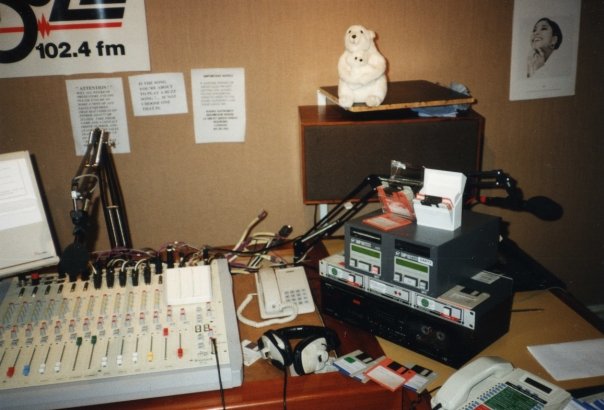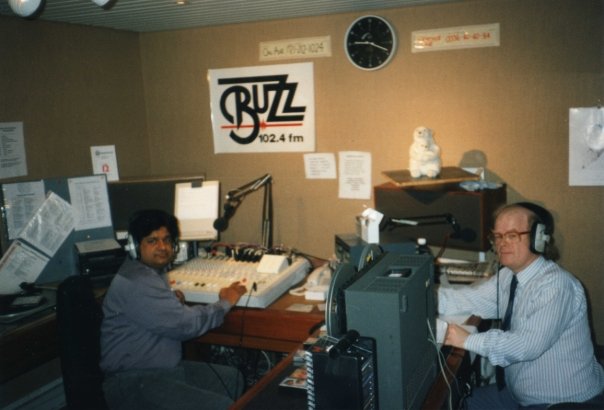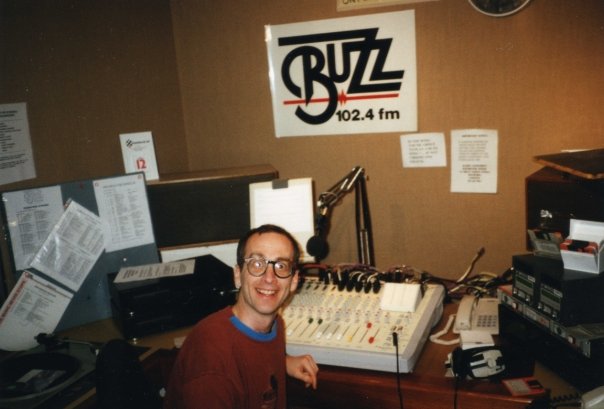Buzz FM had a number of different studios – a main broadcast one with mixing desk and touch-screen playout system, a soundproof guest studio where guests could be interviewed and a production studio where promotions and advertisements could be created.
The Industrial Acoustics Company (IAC) based in Staines were awarded the contract to build out the studios which included fabricated steel panels for floors, walls and ceilings, acoustic doors, windows and silenced air conditioning units. They also took care of the interior decoration, electrical supplies and lighting. The panels were lifted by crane through a second floor window and then assembled to form the three studios. The installation was due begin in February 1990 and end mid-March 1990, two months ahead of launch.
The production studio had an AMS Audiofile for Digital Audio Editing (for more information on this, see AMS History – our story). The music scheduling was performed on a computer in the CD library room and used a product called RCS selector. The tool allowed the playlist for the following day to be arranged and if specialist shows needed to program their own tracks from the library, they would do this a day or more ahead of their show. Media Touch was the software used to drive the touch-screen in the on-air studio which would play songs from the six Sony CD Jukeboxes or DAMS systems. Each CD Jukebox held sixty CDs, so with ten tracks per CD containing playable music, that meant a presenter could choose any of the 3600 tracks at any time. Buzz had a CD Recorder (quite rare as recorders and CD-Rs were very pricey in those days!) so from time to time older tracks that were no longer on the playlist would be removed from the jukeboxes and compilation CDs created to free up space. All the commercials and jingles came from a DAMS (Digital Audio Mass Storage) System – which stored 3 hours of stereo adverts, promos, jingles and trails on hard drives.
Here Lindsay Reid, co-founder and chief engineer talk about the equipment:
The following photos were taken in 1994 after the original equipment that was installed in 1990 was removed by Chris Carey in November 1993.

Note that none of the touch-screens as you can see in the the 1990 and 1993 Videos are present, it was a very basic setup compared to what had been originally installed.

Buzz

